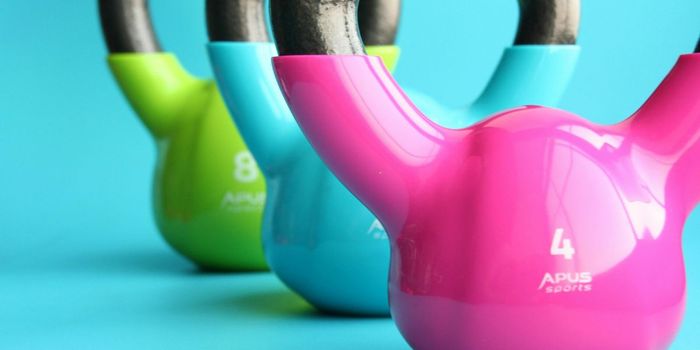Older Adults Stick to Fitness Classes Grouped by Age
Starting and sticking with an exercise routine is difficult. If you're getting in shape after not being active, going back to the gym can be discouraging, but the trick is to keep going. New research from the University of British Columbia shows that in older adults, going to an exercise class with others their own age, helps people stick it out and make it a habit.
Researchers worked with 627 adults, who had an average of 72. They set up the participants with 12 weeks of group exercise classes at local YMCA locations in the Vancouver area. Some participants were offered the chance to extend the workouts for an additional 12 week period. The study volunteers were divided into three groups. One group were volunteers of the same age range; another was consistent by gender instead of age. The third group was all ages, all genders. They were divided by gender to see if same-sex classes or mixed classes affected completion. The groups of older participants took a class with a specially trained older instructor. The mixed group was in a typical YMCA class, led by YMCA staff that were not involved in the study and were not older.
It's especially important to find ways for older adults to find and stick with an exercise program. From cardiovascular health to dementia risk and bone health, older adults need to keep moving as much as they can. In Canada, where the study was conducted, health statistics show that less than 15% of citizens over the age of 59 get the recommended amount of physical activity. Since staying fit can hold off or reduce so many health problems, targeting older adults and designing classes that will encourage perseverance is critical.
There is plenty of research that shows a preference for older adults to workout within their age group. Many over the age of 50 don't want to go to a Zumba class with younger people; they want to feel comfortable with their peers. The study authors wanted to see if grouping seniors according to their stated preference on age range would result in better adherence to a fitness program. Over the 24-week period, those who worked out with people their own age attended an average of 9.5 more classes than counterparts in the mixed-age group. Those who attended classes with mixed ages averaged 24.3 classes, but those in the same age, mixed gender group, attended the most classes, averaging 33.8 classes during the study. In the middle of the range were those in the class of gender consistent same aged exercisers, who averaged about 30.7 classes.
The researchers threw in some other factors that encouraged adherence. Participants wore group T-shirts and coffee and social time was arranged after the classes. Mark Beauchamp, a UBC kinesiology professor, and the study's lead author, explained, "This study points to the importance of age-targeting, but perhaps not gender-targeting when developing these programs. All of this together points to the power of social connections. If you set the environment up, so participants feel a sense of connection or belonging with these other people, then they're more likely to stick with it."
At the end of the study, the participants didn't want to stop attending the classes and were able to successfully petition the YMCA to keep the classes for their specific age group. The video below has more information on the benefits of exercise as we age, check it out.
Sources: UBC, Health Psychology









